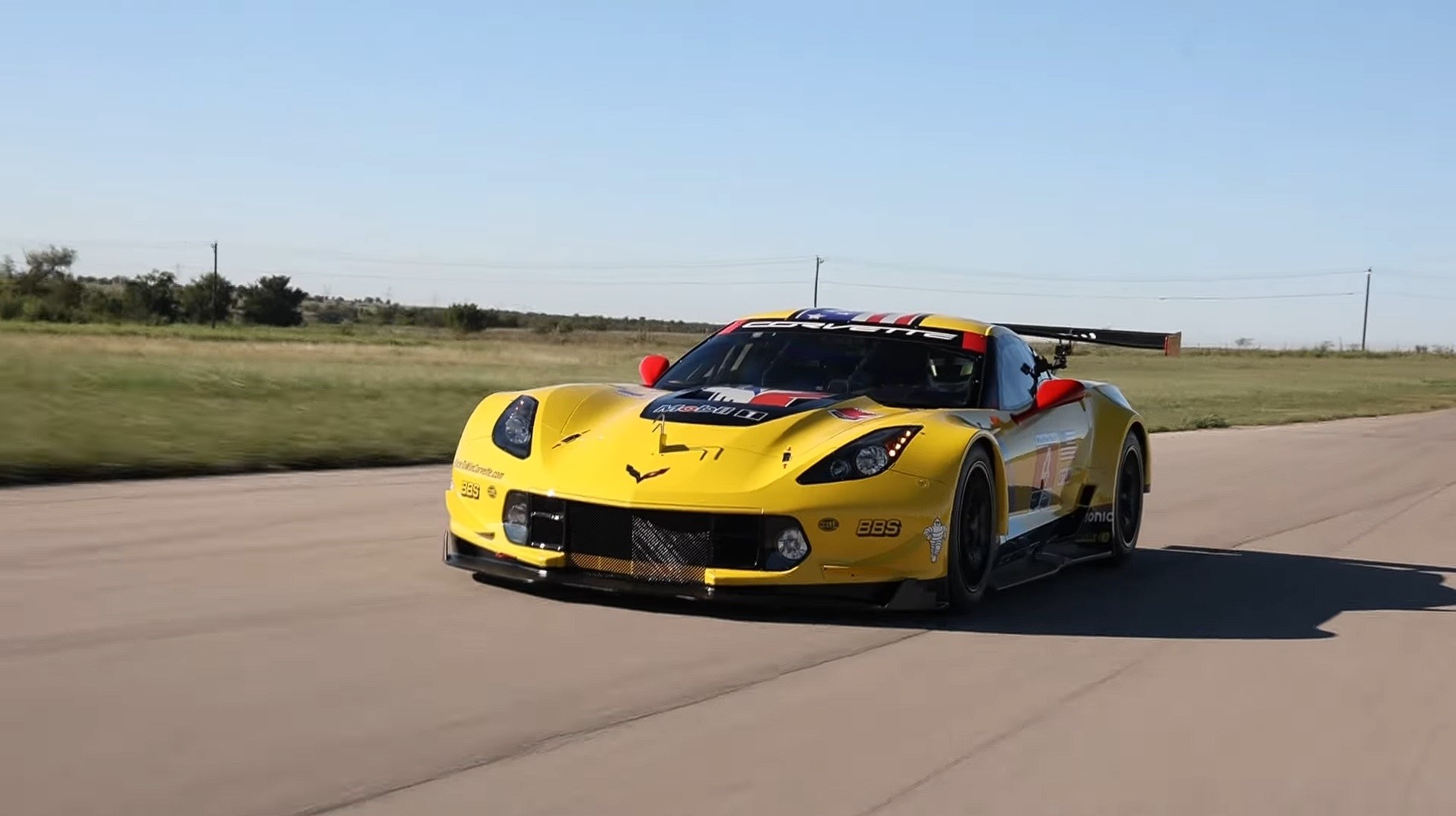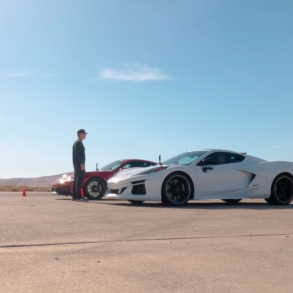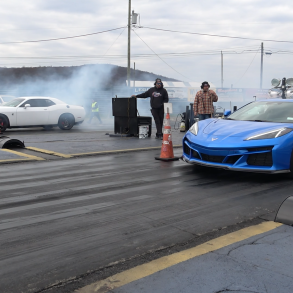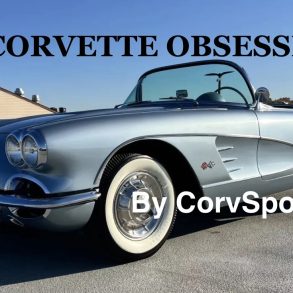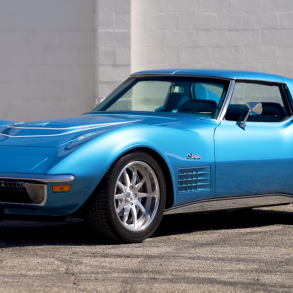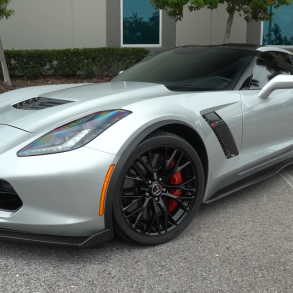The C7.R Corvette was developed in 2013 as a replacement for the out-going C6.R Corvette race car, whose retirement from racing mirrored the end of its commercial counterpart’s production run at the end of the 2013 model year.
Interestingly, while the 2014 C7 Corvette is an almost entirely new production vehicle, early variants of the C7.R Corvette actually incorporated properties of the outgoing C6.R. That is not to say that the C7.R is the evolution of the C6.R, exactly, but rather that “lessons learned” while racing the older car were utilized in development of the newest racer.
At the core of the C7.R Corvette is a direct carry-over from its predecessor – the same 5.5 liter engine that was developed during the C6.R’s successful tenure in both the American Le Mans series and at The 24 Hours of Le Mans. Sure, Chevrolet had developed a 630 horsepower, supercharged LT4 small-block V8 engine for the Z06 Corvette (the production variant upon which the C7.R presently shares the most DNA), but racing rules require that the engine architecture must be de-bored and de-stroked to 5.5 liters to be eligible for competition.
But how does it stack up against a a 1300-horsepower Time Attack 1967 Camaro, built by Dusold Designs? Professional racing driver Tommy Milner recently had the opportunity to drive both these cars on the track to give us insights about these two machines and how they compare.


